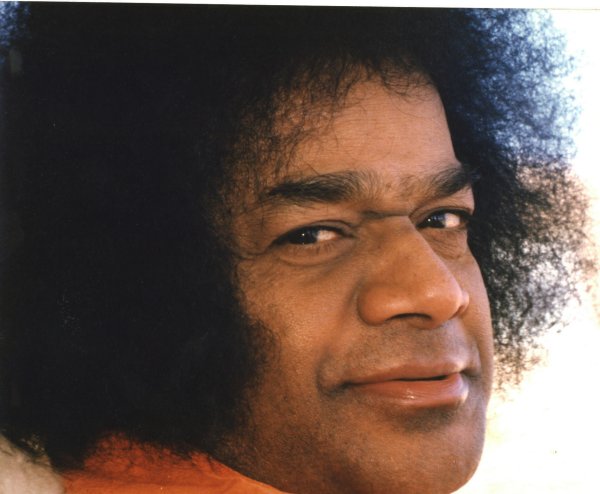Attitudes I is my first major work. It may be thought of as an oratorio. I had lots of help.
Attitudes I began as a thought and title in the shower at minimalist quarters I occupied in Wickenburg, Arizona during the Spring of 1971. I had recently (JAN71) parted brass rags with Robert Theobald and his wife Jean Scott. The girl I dated for two years and lived with for six had recently (FEB71) parted brass rags with me.
Details I forget, but somehow before and by the Spring of 1971 I had comms with Liam O'Gallagher, then of San Francisco, Gary Sagar, then of San Diego, and Don Jensen and Tom Delany, then of Spokane. Liam was queer and lived with Robert Rheem, he of the Rheem industrial family.
All of these personalities contributed to Attitudes I. Also contributing, and mightily, were three other persons: Chris and Teresa Venne and Paul Shewan, all of whom I had known for over a year. Chris and Teresa were recent graduates of Gonzaga University in Spokane. Paul was an enigmatic figure whom I respected a lot and suspected of having served in the Waffen SS.
For Systems, Chris produced:
The Heart Of The Matter,
Too Many Changes ...What Have They Done?,
Fried Eggs,
the first two pages of Corecall Network,
Search,
Violence,
You Are What You Eat,
Be Careful What You Want: You Just Might Get It,
the first two social change diagrams at the end, and
the graphic at the start.
For Metaconcepts, Chris produced the opening graphic and:
Assumptions.
Chris also produced Rhythm.
For Systems, Paul produced:
Groping Towards Community,
Community<--->Community, and
beep . . . beep . . . beep.
For Metaconcepts, Paul produced:
Supplemental Channels.
Don Jensen produced Schools in Systems.
Gary Sagar produced ariz . . .o . . . naaaa in Systems.
The graphic at the start of Scenario is Liam's.
Attitudes I was self-published on letter-size and half letter-size paper in three manila folders, then mailed, on receipt of payment, in a standard brown mailing envelope of the day. Some sections were on blue paper, some on yellow, some on white.
Memory is dim, but I seem to recall Teresa and/or Paul used access they had to reproduction equipment to make the copies. It was not Xerox photocopy, as originally was Bob and Jean Theobald's Teg's 1994. Fabrication and distribution were labor intensive and Chris and Teresa in particular did huge labor of love making those necessities happen.
How we typeset and paid for materials is beyond my memory. Publication happened. That is what I recall, justified by an original copy in my possession complements, many years ago, of Chris Venne.
The type face on most of the documents looks like one of the balls for the IBM Selectric typewriter I had owned since 1967. I may have done the bulk of the typesetting, therefore, but Teresa may have done much of it as well, at the office where she worked. The Selectric was in wide use at the time, although few had one at home.
Attitudes I is a snapshot of a moment at a place in time. But its theme is universal and transcends time: what is happening? In my mind's eye, I think how I was then, bereft of everything I had known before, including familial support and financial security, and I think, yes, this was a young man wanting to find a place in this vast expanse of life, having nowhere to be and nothing to do that was obvious, but asking pertinent questions, very pertinent questions, and finding patently helpful answers.
And there were even some who wanted to associate and work with me, who thought I was worth their while withal! This alone, today, after all these years as a semi-eremitic, astonishes me.
Four months after the publication of Attitudes I, I sat in the Darshan line at Puttaparthi, waiting for Swami to emerge from His quarters above the Mandir.
Attitudes I means a great deal to me, more than I can ever say. It cannot be appreciated without reference to the iatrogenic epiphany I experienced at that Mandir in Puttaparthi and the existential tumult which preceded it.
It was after that existential tumult and epiphany that I survived an experience of existential terror. Attitudes I is prelude to the realization that I am a cripple whom God has touched. Perhaps for this reason is this oratorio so dear to me.











